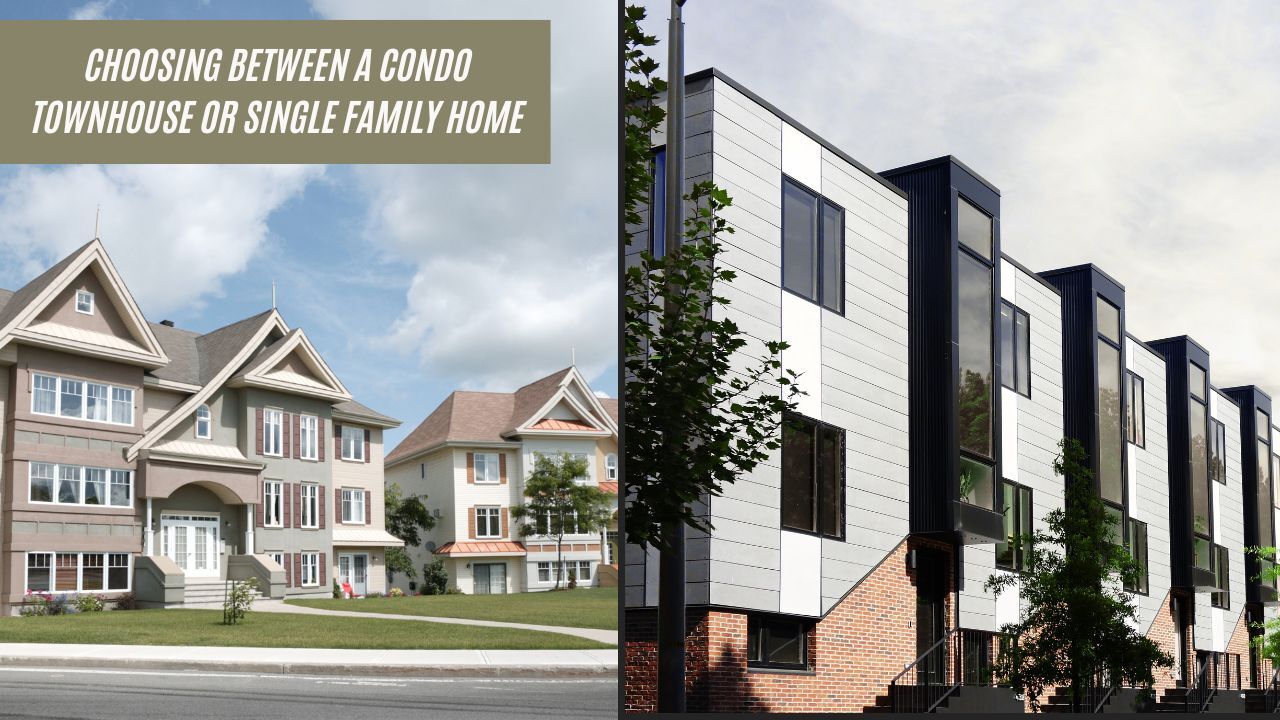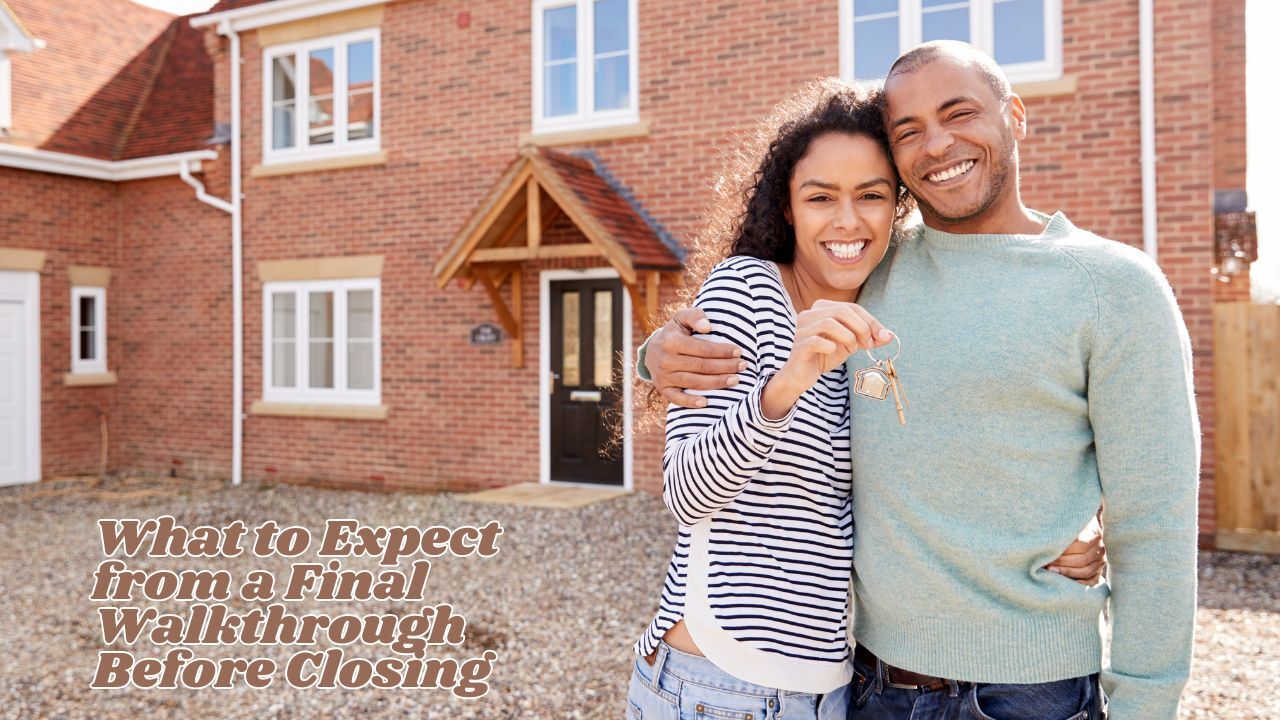 Deciding what type of home to buy is one of the most important steps in the home buying process. Condos, townhouses, and single-family homes each offer unique benefits and considerations, and the right choice depends on your lifestyle, budget, and long-term goals. Understanding the differences can help you make a confident decision.
Deciding what type of home to buy is one of the most important steps in the home buying process. Condos, townhouses, and single-family homes each offer unique benefits and considerations, and the right choice depends on your lifestyle, budget, and long-term goals. Understanding the differences can help you make a confident decision.
Condo Living and Convenience
Condos often appeal to buyers looking for convenience and low maintenance. Exterior upkeep, landscaping, and many shared amenities are handled by the homeowner’s association, allowing owners to focus on their daily lives. Condos are typically located near city centers, offering easy access to shopping, dining, and entertainment, making them ideal for those who value location and lifestyle over space.
Townhouse Options for Balance
Townhouses provide a middle ground between condos and single-family homes. Owners often have multiple floors, private entrances, and small yards, while still benefiting from some shared maintenance responsibilities. Townhouses can offer more space and privacy than condos, while remaining more affordable than many single-family homes, making them a great choice for growing families or buyers seeking a balance between convenience and independence.
Single-Family Homes and Privacy
Single-family homes provide the most independence and space. Owners have full control over the property, including the yard, exterior, and modifications. These homes are often larger, offer more privacy, and can be ideal for families who need extra bedrooms, outdoor space, or long-term investment potential. While maintenance and upkeep are entirely the owner’s responsibility, the freedom and flexibility often outweigh the added responsibilities.
Considering Long Term Goals
When choosing between a condo, townhouse, or single-family home, it is important to think about your long-term plans. Consider your budget, desired lifestyle, family needs, and how long you plan to stay in the home. Working with a knowledgeable real estate agent can help you evaluate options, weigh pros and cons, and find a property that fits your current needs while supporting future growth.
Choosing the right type of home sets the stage for comfort, convenience, and long-term satisfaction. By understanding the differences and considering your lifestyle, you can make a choice that fits both your present and your future goals.
 The final walkthrough is one of the last steps before closing on your new home. It may feel like a formality, but it serves an important purpose. This is your chance to confirm that everything is in the condition you agreed to and that the home is truly ready for you to move in. Knowing what to expect can help you approach this step with confidence.
The final walkthrough is one of the last steps before closing on your new home. It may feel like a formality, but it serves an important purpose. This is your chance to confirm that everything is in the condition you agreed to and that the home is truly ready for you to move in. Knowing what to expect can help you approach this step with confidence. In today’s competitive real estate market, making a strong offer on a home can feel like walking a fine line. You want to stand out from other buyers, but you also want to avoid overpaying and stretching your budget too far. With the right strategies and guidance, it is possible to write an offer that is both competitive and smart.
In today’s competitive real estate market, making a strong offer on a home can feel like walking a fine line. You want to stand out from other buyers, but you also want to avoid overpaying and stretching your budget too far. With the right strategies and guidance, it is possible to write an offer that is both competitive and smart.